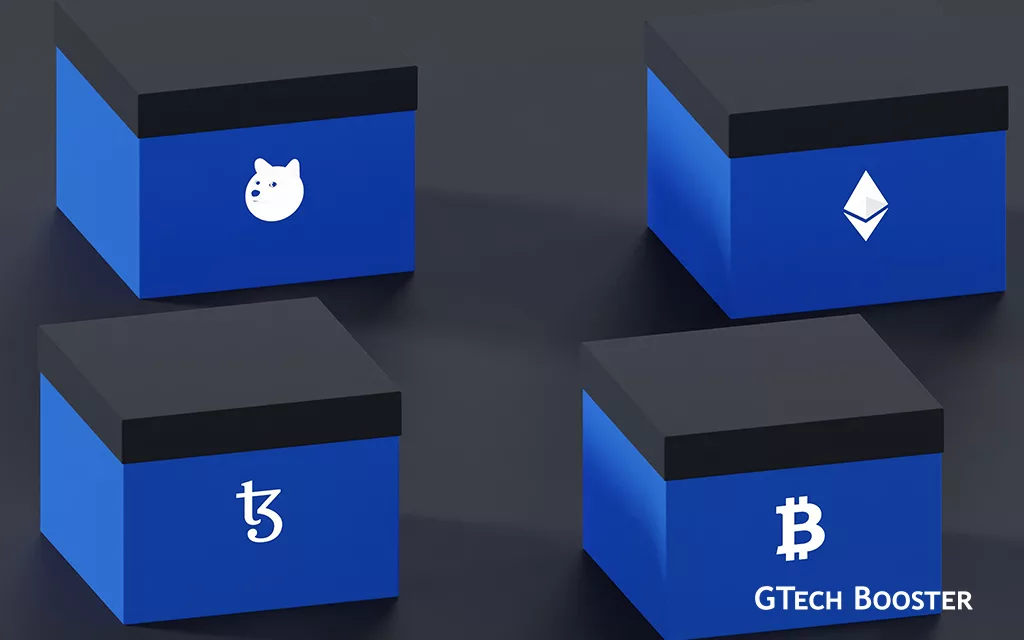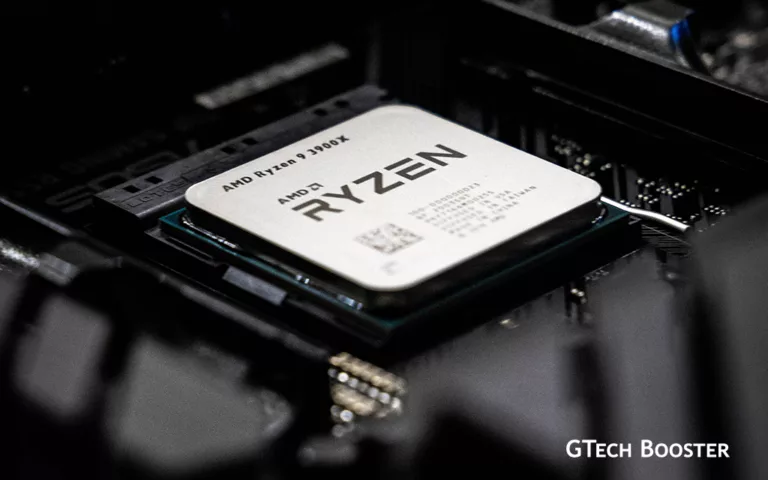Technology Symbols and the role they play in modernity
Technological symbols play a significant role in modernity, as they are often associated with progress, innovation, and a forward-looking mindset. As societies become more reliant on technology, these symbols become increasingly important in shaping cultural attitudes towards progress and change.

Symbols are visual representations or signs that are used to convey a specific meaning or concept since the beginning of time. They can take many forms, including letters, numbers, shapes, or icons. Symbols are often used in communication to quickly and efficiently transmit information without the need for lengthy explanations or descriptions.
For example, the symbol “+” is commonly used to represent addition in mathematical equations, while the “thumbs up” 👍 emoji is used to indicate approval or agreement in online communication. In computer programming, symbols can refer to a variety of concepts, such as variables or functions, and may be represented by specific characters or keywords.

The concept of symbols as illustrated earlier does not differ much in its application in technology as it plays the same role as every where else save its deeper adaptation to excellence or near excellent to convey a purpose or concept of application in the tech in question.
There are many technology symbols that are commonly used in various contexts of technology. Technology symbols are very useful in a variety of contexts, from user interfaces to technical documentation. For example, a simple power button symbol on a device indicates that pressing this button will turn the device from ON or OFF, while a battery symbol indicates the device’s current battery level.

Technology symbols can also be used to represent more abstract concepts. For example, the Wi-Fi symbol represents the presence and strength of a wireless network, while the Bluetooth symbol represents the presence of a Bluetooth connection.
Technology symbols are an important part of how we interact with and understand technology.

Example of some notable technology symbols
- Power symbol: usually represented by a circle with a vertical line through the middle, this symbol indicates the power status of a device.
- Recycle symbol: three arrows that form a triangle, this symbol is used to indicate recycling or environmental friendliness.
- WiFi symbol: four curved lines that taper off to points, this symbol indicates the presence of wireless internet connectivity.
- Bluetooth symbol: a stylized letter “B” with two curved lines that resemble a sideways version of the WiFi symbol, this symbol indicates the presence of Bluetooth connectivity.
- Ethernet symbol: two arrows that resemble an “X” with two square ends, this symbol indicates a wired network connection.
- Battery symbol: a rectangle with two touchpoints on the top and bottom, this symbol indicates the battery level of a device.
There are many other technology symbols as well, including various icons that represent specific functions on devices such as printers, scanners, and cameras. It’s worth noting that some of these symbols may vary slightly depending on the device or platform they are used on among other restrictional parameter like copyright, patent and just innovation.
Factors that influence technology symbols
Lots of factors comes under consideration when arriving at the best symbology to convey meaning. Among these factors are;
Ease of recognition
Symbols that are easy to recognize and understand are more likely to be adopted and used by users. The design of the symbol itself, such as its shape, color, and size, can also affect an ease of recognition.
Cultural familiarity
Symbols that are familiar to a user’s culture are more likely to be used and understood. For example, an African user may be more familiar with the “thumbs up” symbol as an indication of approval, while a Japanese user might be more familiar with the “V sign” symbol for the same purpose.
Usability and context
Usability and context also play a role in the adoption and use of technology symbols. Symbols should be placed in an appropriate place where users can find them easily and use them as intended.
Role in modernity
Technological symbols play a significant role in modernity, as they are often associated with progress, innovation, and a forward-looking mindset. As societies become more reliant on technology, these symbols become increasingly important in shaping cultural attitudes towards progress and change.
For example, the sleek designs of modern smartphones, laptops, and other gadgets are often used in advertising to convey a sense of sophistication and cutting-edge technology. Similarly, the use of symbols such as the light bulb, the gear, or the computer chip in other contexts may suggest efficiency, industry, and innovation.
The use of technological symbols can also have negative connotations. For some people, they may represent a threat to traditional ways of life and social values. There are also concerns about the environmental impact of modern technology, which can undermine the positive associations of technological symbols.
The role of technology symbols in modernity is complex and multifaceted. While they are undoubtedly important in shaping cultural attitudes towards technology and innovation, they must also be understood in the context of broader social and environmental concerns. Many factors influence the use of symbols in technology, and designers should consider these factors when designing symbols for their products. It is for this reason that the research part of design always receives deeper attention compared to the development itself.
More Information ℹ
2 Comments
Comments are closed.















These symbols have become the new visual language of the internet
Technology symbols are an essential part of our modern digital world. From the power button on your devices to the Wi-Fi signal icon, these symbols have become ingrained in our daily lives. They help us understand and interact with technology more efficiently, making it easier for us to navigate complex systems and devices.